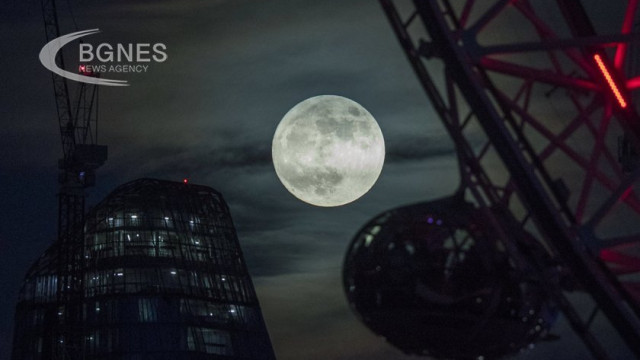A memorandum sent by the head of the U.S. Office of Science and Technology Policy (OSTP) asks the space agency to work with other U.S. and international agencies to create a lunar-oriented timekeeping system. NASA has a deadline of the end of 2026 to create what is called coordinated lunar timing (LTC).
This is not exactly a time zone like those on Earth, but an entire reference frame for time on the Moon. Because there is less gravity on the Moon, time moves slightly faster there - 58.7 microseconds each day - compared to Earth. Among other things, LTC will provide a timekeeping reference for lunar spacecraft and satellites that require extreme precision for their missions.
NASA plans to send astronauts to the lunar surface starting in September 2026 through its Artemis program, which will eventually create a scientific lunar base that could help prepare for future missions to Mars. Dozens of companies, spacecraft and countries are involved in this effort.
Without a single standard for lunar timing, an OSTP official told the Guardian, it will be difficult to ensure that data transfer between spacecraft is secure and that communications between Earth, lunar satellites, bases and astronauts are synchronized.
Timing discrepancies could also lead to errors in mapping and determining the location of the moon or in orbit, the official said.
"Imagine if the world didn't synchronize its clocks to the same time, how frustrating that could be and how difficult everyday things become," the official said.
The clocks and time zones on Earth operate on Universal Coordinated Time (UTC), which is internationally recognized. It relies on a vast global network of atomic clocks located in different places around the world. They measure changes in the state of the atoms and generate an average value that ultimately makes up the exact time.
The development of LTC may require placing atomic clocks on the moon as well. /BGNES



.jpg)
.jpeg)


